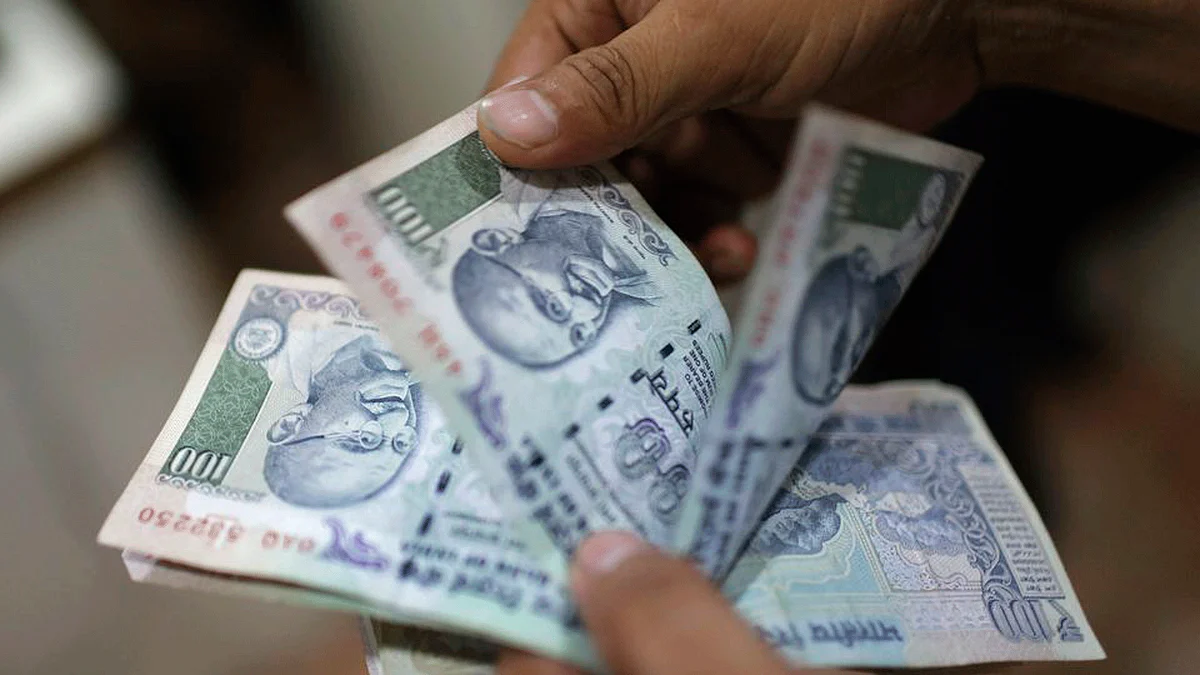Why 2018 Was The Year of Comeback For Good Old Fixed Deposits
Fixed deposits gave a 6.25 percent return in 2018, marginally second to gold which yielded 6.8 percent returns.

advertisement
In a year that saw global headwinds and domestic hiccups stoking volatility in Indian commodity and equity markets, the good old fixed deposit schemes proved to be the best asset asset to hold for an investor, Business Standard has reported.
BULLS WENT SLOW ON D-STREET
“We had a bull run in the equities for three years and so this year there had to be a hiatus. The equity market was after all over-priced,” said Sanjiv Bhasin, Executive VP-Markets & Corporate Affairs, IIFL Securities, talking to The Quint.
The figures till 24 December showed that equity returns ranged between 1.26 percent for Nifty in 2018 and 4.15 percent for the Sensex, Business Standard reported.
The stress in equity markets can also be gauged by the fact that in November this year, the Foreign Portfolio Investor (FPI) outflow crossed the $1 trillion mark, news agency PTI reported.
MUTUAL FUNDS FALTERED TOO
The popular commercial ‘Mutual funds Sahi Hai’ lost its sheen this year as across portfolios, the mutual funds failed to live up to the reputation it had created for itself, over the last few years.
“This was a case of over-supply and underperformance,” Bhasin said. “The mutual funds had not seen this level of inflow in the last 20 years and in the middle of this supply, when something like the IL&FS crisis broke out, it proved to be an impediment for them”.
CRUDE’s RUDE DEAL
The price of crude oil in 2018, remained as volatile as oil as a substance itself, and quite naturally that did not bode well for the macros. On 3 October, the price of crude oil touched the peak of $86.29 per barrel. The immediate after effect of pricey crude oil is hike in petrol and diesel prices.
While that was obviously the case, crude oil left deeper gashes on the economy. The rupee depreciated to as much as 74.23 against the US dollar as exporters resorted to selling.
The worrying factor however is that the retail price of petrol have not scaled down in spite of a steep fall in crude oil prices. On 27 December, crude oil was priced at $49.93, down 42.13 percent from the peak price in October. However, the retail price has come down only by about 17 percent from the Rs 90 per litre-levels it had touched earlier this year.
(At The Quint, we question everything. Play an active role in shaping our journalism by becoming a member today.)